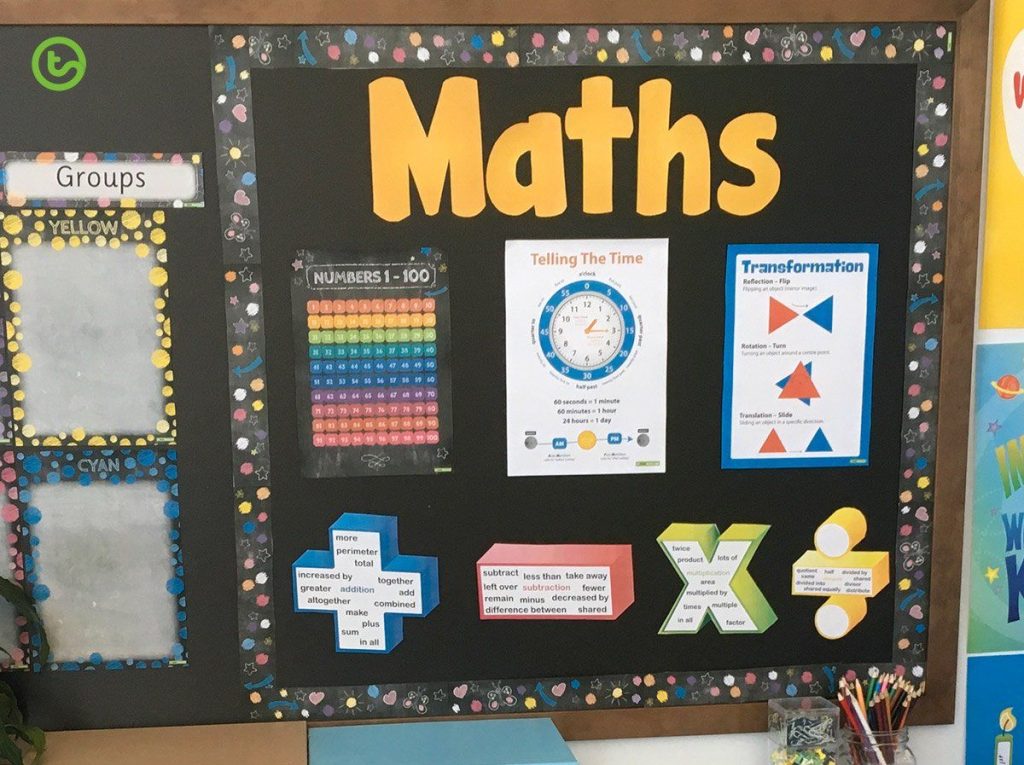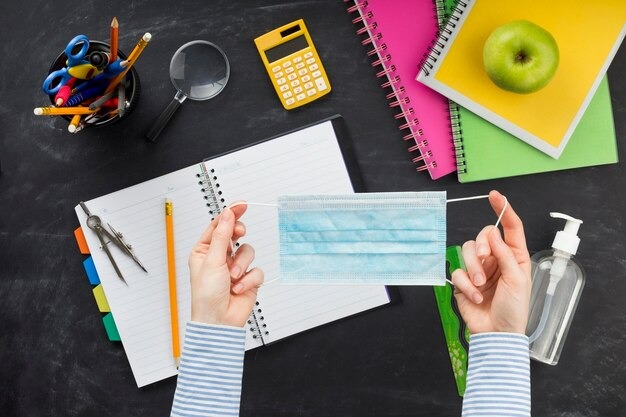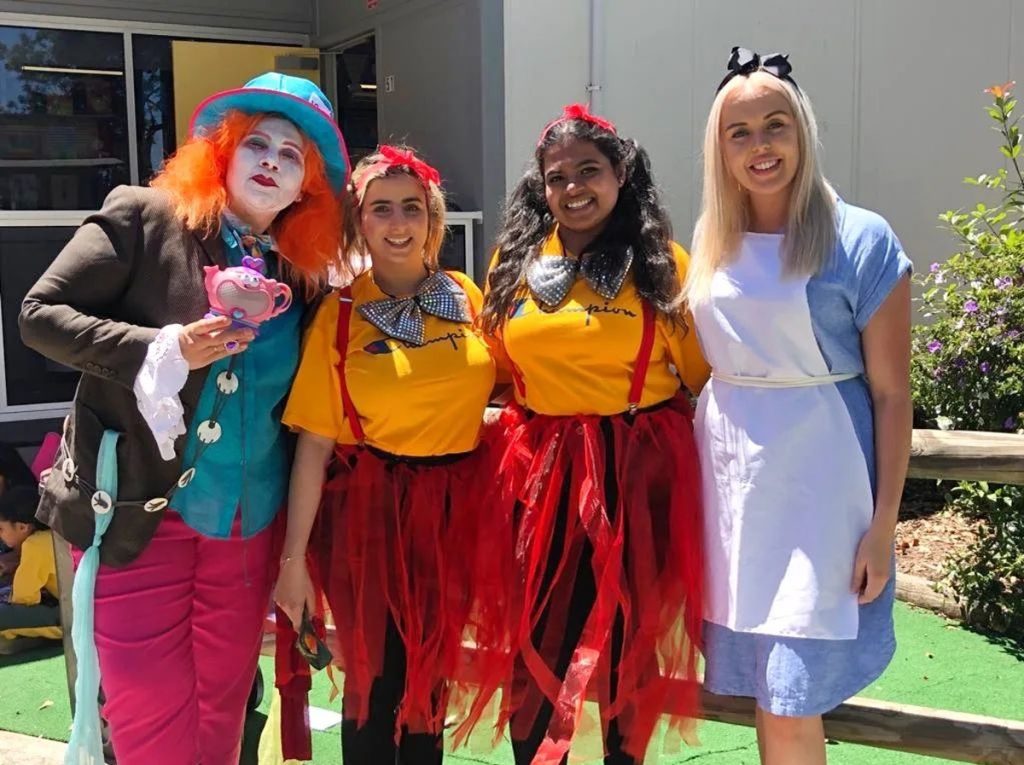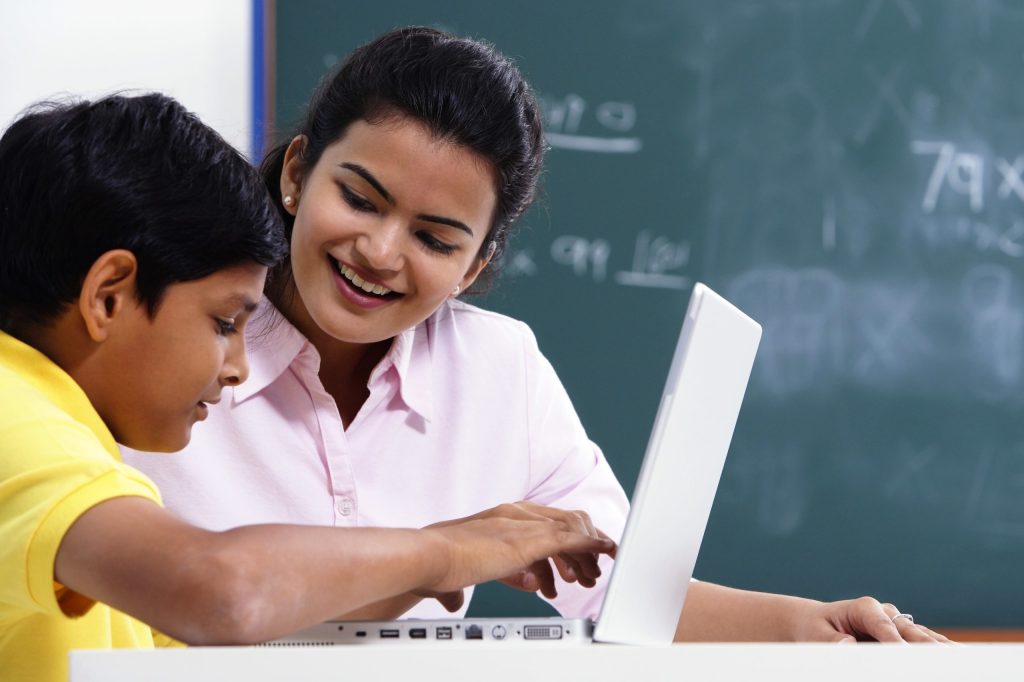As any experienced educator knows, the physical layout of a classroom can significantly impact both teaching effectiveness and student learning. Classroom setup can affect student concentration, participation, and overall engagement. Veteran teachers, masters of their craft through years of trial and error, have developed strategies for organizing their classrooms that maximize learning and maintain an orderly environment. Here are six classroom setup ideas that veteran teachers swear by:
1. Flexible Seating Options: Gone are the days when rows of desks were the norm. Flexibility in seating allows students to find a workspace that’s comfortable for them and encourages collaboration. This might include options like bean bags, standing desks, cushions on the floor, or movable chairs.
2. Learning Stations: Different corners or areas of the room dedicated to independent or group activities can enhance learning and engagement. Setting up stations for reading, technology, crafts, or subject-specific activities like science experiments gives students a change of scenery and breaks up the monotony of the day.
3. Clear Traffic Patterns: Wise space planning allows for smooth transitions between activities and minimizes disruptions. Veteran teachers make sure there are wide and clear paths for movement around the classroom so that both students and teachers can move easily without causing distraction.
4. Interactive Walls: Turn wall space into interactive learning areas with whiteboards, bulletin boards, or displays that students can add to or alter as part of their learning experience. This sort of visual and interactive space provides opportunities for students to take ownership of their environment.
5. Quiet Zones: A designated quiet area where students can go to focus on individual tasks or take a moment away from the buzz of classroom activity is essential for catering to different needs within the classroom.
6. Teacher’s Command Center: A well-organized teacher’s desk area—not necessarily positioned at the front—is vital for maintaining order. Some educators prefer a central location within the room to allow easy access to any student or area that requires attention.
In conclusion, these six ideas are just a taste of how versatile a classroom setup can be—each promoting an engaging and effective learning environment in its own right. With these expert insights into classroom organization, teachers new and old can create a space conducive to education and growth.
















